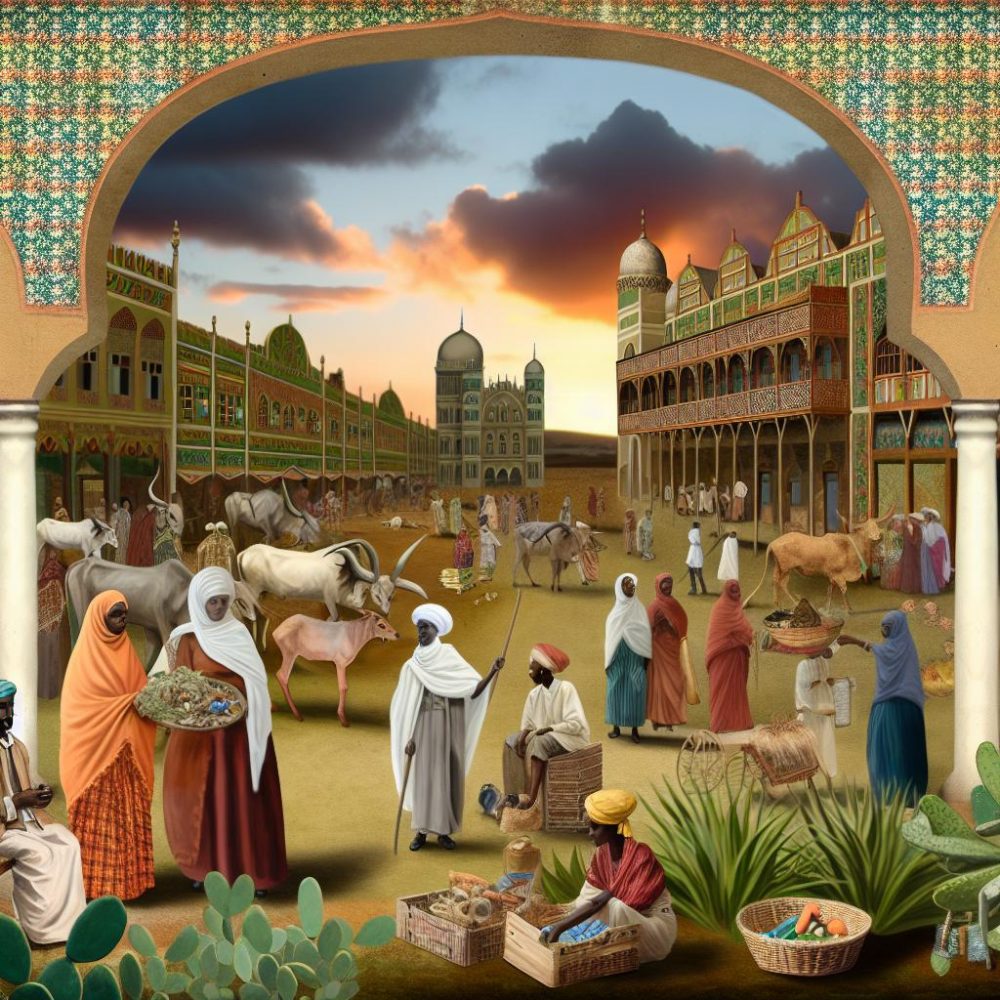
The Colonial History of Somaliland
The region that is known today as Somaliland, situated in the Horn of Africa, possesses a rich and complex history shaped by various colonial influences. Unlike its neighbor Somalia, which underwent Italian colonization, Somaliland was primarily influenced by British rule, which carved a unique historical path for the region.
British Somaliland Protectorate
The establishment of the British Somaliland Protectorate began in the late 19th century and continued into the early 20th century. The British government sought to extend its influence in strategic regions, and Somaliland became a critical area of interest. In 1884, the Treaty of Protection was signed, making the region officially a British protectorate. The strategic location of Somaliland was vital for the British, primarily as it provided a secure supply line to its other colonial territories, such as those in Aden, while also offering a counterbalance to other colonial powers with vested interests in the area.
The British applied a form of indirect governance in Somaliland. Their control was strongest along the coastal areas, whereas the interior regions were largely ruled by traditional leaders who retained a degree of autonomy. The intersection of colonial oversight and indigenous governance characterized British Somaliland during this period.
Resistance and Challenges
While the British established their protectorate, they faced challenges and resistance from local entities. One of the most significant forms of opposition was led by Sayyid Mohamed Abdullah Hassan, a prominent figure who sought to challenge colonial rule. His Dervish movement, which began in 1899, aimed at uniting various Somali territories to resist the encroachment of colonial powers. His efforts culminated in the Dervish Wars, a series of conflicts that persisted for over two decades. The resilience of the Dervishes posed a continuous challenge to British authorities until their eventual defeat in 1920, marking a turning point in colonial dynamics in the region.
Impact of Colonial Rule
The period of colonial rule left an indelible mark on the region’s political, economic, and social fabrics. The British administration introduced a rudimentary version of modern governance structures, setting the foundation for future administrative practices. However, the focus on establishing governance did not extend to significant infrastructure development, as was observed in other British colonies. As a result, essential services, such as education and healthcare, remained underdeveloped, affecting the human capital potential within Somaliland.
The demarcation of boundaries during the colonial period further fostered a distinct identity for the people of Somaliland. The delineation of these boundaries and the limited integration with Italian-ruled Somalia laid the groundwork for the unique cultural and political identity that continues to inform Somaliland’s contemporary aspirations for independence and international recognition. The distinction rooted in colonial history plays a vital role in post-colonial dynamics in the region.
Post-Colonial Developments
With the winds of change sweeping across Africa in the mid-20th century, Somaliland achieved independence from British colonial rule on June 26, 1960. Shortly thereafter, in a move characterized by optimism and a desire for unity, Somaliland voluntarily opted to join with Somalia, which had recently gained independence from Italian rule. This union, however, faced significant challenges due to political and power-sharing disparities, leading to discontent and eventual civil unrest. The historical legacy of colonial boundaries contributed to these tensions, highlighting the complexities involved in merging distinct colonial experiences and identities.
Contemporary Significance
Today, the influence of the colonial period remains evident in Somaliland’s quest for international recognition as an independent entity separate from Somalia. This pursuit of recognition is deeply rooted in the colonial experiences and the distinct identity forged during British rule. Somaliland’s historical journey provides critical insights into its current political stance and the nature of its engagements on the regional and international platforms.
Through understanding this historical context, one gains perspective on Somaliland’s continued efforts to assert its sovereignty and navigate the contemporary geopolitical landscape. The intricate web of historical legacies continues to shape the narratives and aspirations of Somaliland as it charts its course forward.